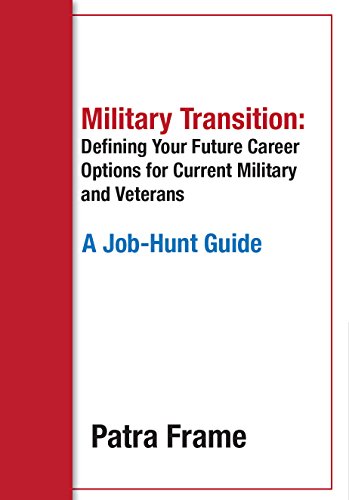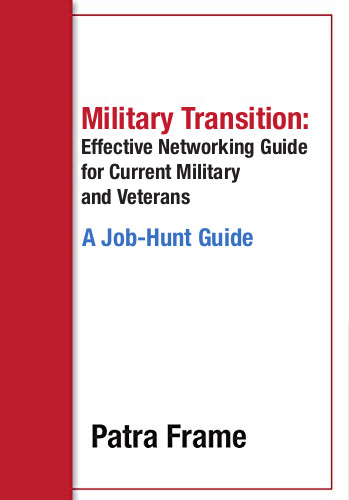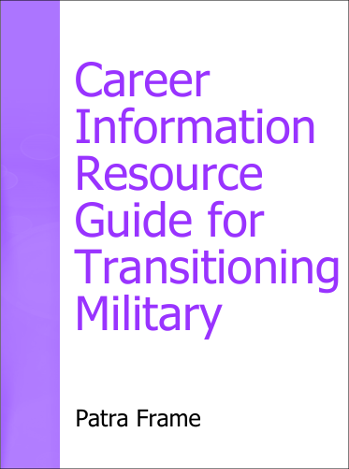A Guest Post by Chris Raymond.
My recent experience serving on a search committee for a design position left me wondering whether to laugh or cry. It also reminded me of what John F. Kennedy said so long ago, with modification: Ask not what your employer can do for you, ask what you can do for your employer.
For most of my professional work life, encompassing years as a journalist, an editor, and a print and web designer, I’ve only been on one side of the job search equation: Looking for a job.
As a publications director in the 1990s, I did review resumés for two positions in my department, but the world was a much different place then, sans social media, the Internet, and even easy access to a computer and home printer. (No, we did not still get around with horse and buggy.) Still, times have changed, and people have comparatively easier access to information on potential employers and to tips on writing resumés and cover letters. Heck, one can even find out the top 50 interview questions of the past year to prepare.
But that’s putting the cart before the horse. No interview, no questions to answer.
How do you get interviews? Write an effective cover letter and construct an easily digestible, RELEVANT resumé. And here is where my search committee experience has had me scratching my head, if not gnashing my teeth.
The position was for a web and print designer, passionate about design, with a clean, sleek style, to work in the marketing and communications division of a large public university having just undergone a brand refresh and about to launch a major redesign of its digital presence.
I reviewed 85 applications: cover letters, resumés, and online portfolios. A selected list of issues includes:
• Cover letters that gave no indication that the applicant thought through what the employer’s needs were and told a story about how the applicant could address them. Instead, the letters that either said, “enclosed is my resumé”; offered verbiage about how the job would enable them to grow, fulfill their professional goals, or provide an enjoyable work environment; or repeated phrases from the job ad and said “yes, I have that.”
• Resumés with elements totally unrelated to the position of designer. Among my favorites was someone, long since graduated, who listed being on the Dean’s List and being an All American in track and field. Many resumés lacked a clickable link to a web portfolio, or any indication of the existence of a web portfolio, for a web design position. One included a link to a private (!) Wix page, along with a password. I’m not even going to try to guess why one would password-protect a portfolio that doesn’t include work produced under a NDA.
• Portfolios that were poorly presented in terms of usability and user experience (given the job description, this was an even worse failure than it would normally be). Tiny images of work, no description of one’s role and no details in the resumé or cover letter, poorly thought out navigation, lousy information hierarchy—all these issues work against being considered.
Channel the Employer
The applications noted above are indicative of a fundamental misunderstanding about the work world and about the role of the resumé and cover letter: Employers want to know what you can do for them, from the moment you step in the door.
If the ad says we need someone who can work within a large institutional brand, use your cover letter to detail how you have had that experience and what the results were, or at least that you understand what that might mean. If the ad says you need to have experience designing for SEO and social media, you might say that, after redesigning the information architecture of the site, and adding features to increase engagement, the site experienced an X% increase in visits and tripled social media followers. The employer wants someone with a passion for design – don’t just say, “I am passionate about design”; SHOW your passion. Say, for example, that you volunteer to review student portfolios.
Your resumé is your list of features. Your cover letter is your chance to tell an employer how those features will translate to benefits FOR THE EMPLOYER in the specific job they are hiring for. Don’t miss the chance to even interview for a job by failing to sell yourself in a language that business understands.
—Chris Anne Raymond is Senior Web Designer at the Roy Rosenzweig Center for History and New Media at George Mason University.
She blogs about design issues at designtank.tumblr.com, www.designtank.ws




